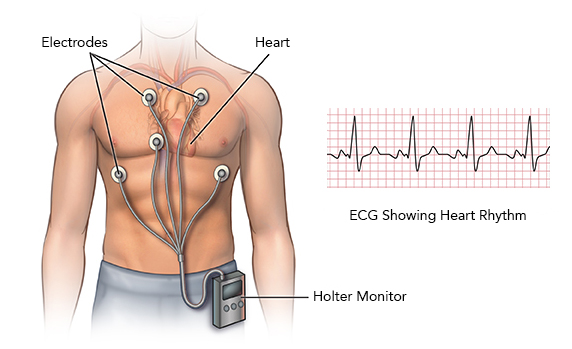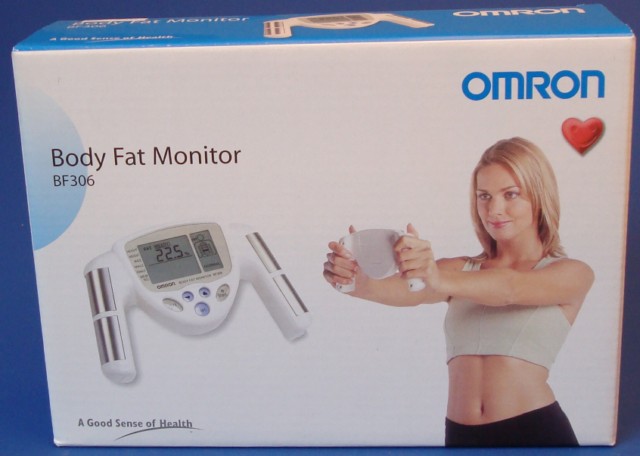Wires leadselectrodes that are implanted in your heart and connected to the computer The pacemaker continuously monitors your heartbeat and delivers electrical energy as programmed by your physician to pace your heart if its beating too slowly. If playback doesnt begin shortly try restarting your device.
 Holter Monitoring Asha Heart Clinic Dr Atul Patil
Holter Monitoring Asha Heart Clinic Dr Atul Patil
An ECG records the electrical activity of the heart that is transmitted to the skin.

How does a heart monitor work. How Does the Heart Rate Monitor Work. It will be applied to your chest during an office visit or sent to your home for self-application. The electrodes of your monitor are specifically placed to record the best signals possible.
LifeVest is designed to detect certain life-threatening rapid heart rhythms and automatically deliver a treatment shock to restore your normal rhythm. Traditional monitors use patches and wires to attach electrodes to the body and communicate the ECG trace to a receiver. A heart rate monitor consists of two parts - a transmitter attached to a belt worn around the chest and a receiver worn on the wrist like a watch.
The earliest heart monitors did this with a strap that you wrapped around your chest. The device is the size of a small camera. Videos you watch may be added to the TVs watch history and.
It can protect you even when you are alone. Home Fitness Training Products Heart Rate Monitors. How do heart monitors work.
The recordings made by the monitor help your doctor. As the heart beats an electrical signal is transmitted through the heart muscle in order for it to contract. In order to do so a heart rate monitor needs to be in direct contact with your skin so that it can clearly read the electronic signals.
LifeVest does not require the assistance of another person or emergency personnel for it to work. With each beat a small electrical signal is sent through the heart muscles and monitors are designed to detect this signal. How Does Whisky Defy Gravity.
How does a Heart Rate monitor work. As the electrical signals move through the heart the ECG monitor records the strength and the timing of these signals in a graph called a P wave. Heres how it works.
As your heart beats this volume changes and high blood volume causes less light to return to the optical sensor whereas low volume increases the amount of returning light. Your healthcare provider will prescribe a Zio Monitor. These heart-rate monitors work differently than the ubiquitous wrist-bound monitors on new wearables because they use electrocardiography to record the electrical activity of your heart.
The information is either stored directly onto a hard drive and downloaded in the doctors office for interpretation or transmitted wirelessly to a cloud. To get an ECG trace an ECG monitor is needed to record it. Wearable cardiac monitors are designed to record the electrical activity in your heart then wirelessly transmit that information to your healthcare professional for analysis.
The latest smartwatches have the ability to monitor your heart via an electrocardiogram ECG or EKG app. Heart Rate Monitors - How do they work. The Holter monitor lets your doctor see how your heart functions on a long-term basis.
Once diagnosed with a heart condition monitoring your heart health is critical and integral. The advantage of wireless cloud. This electrical activity can be detected through the.
Here is how you can monitor your heart health from the comfort of your home. Your pacemaker also stores information about your heart. Heart rate monitors generally come in two types either a wireless chest strap that sends data to a monitor worn on the wrist or pulse monitor worn on.
A Holter monitor is a battery-operated portable device that measures and records your hearts activity ECG continuously for 24 to 48 hours or longer depending on the type of monitoring used. Optical heart rate measurement uses light to measure tissue changes at the sensors location caused by blood circulating throughout the body. There are loads of questions about how this small system provides so much information about the heart.
Wires typically transmit this however newer monitors can now work via wireless technology. It has wires with silver dollar-sized electrodes that. Electrodes are placed on the skin and transmit ECG information to a storage device.

